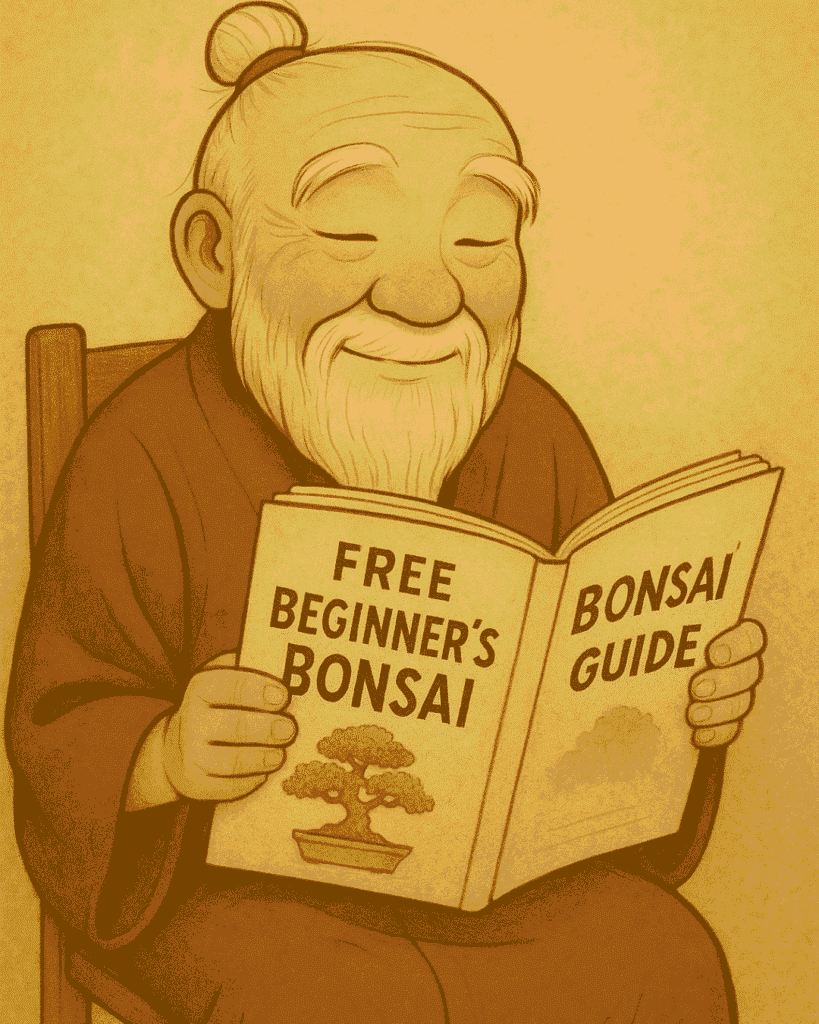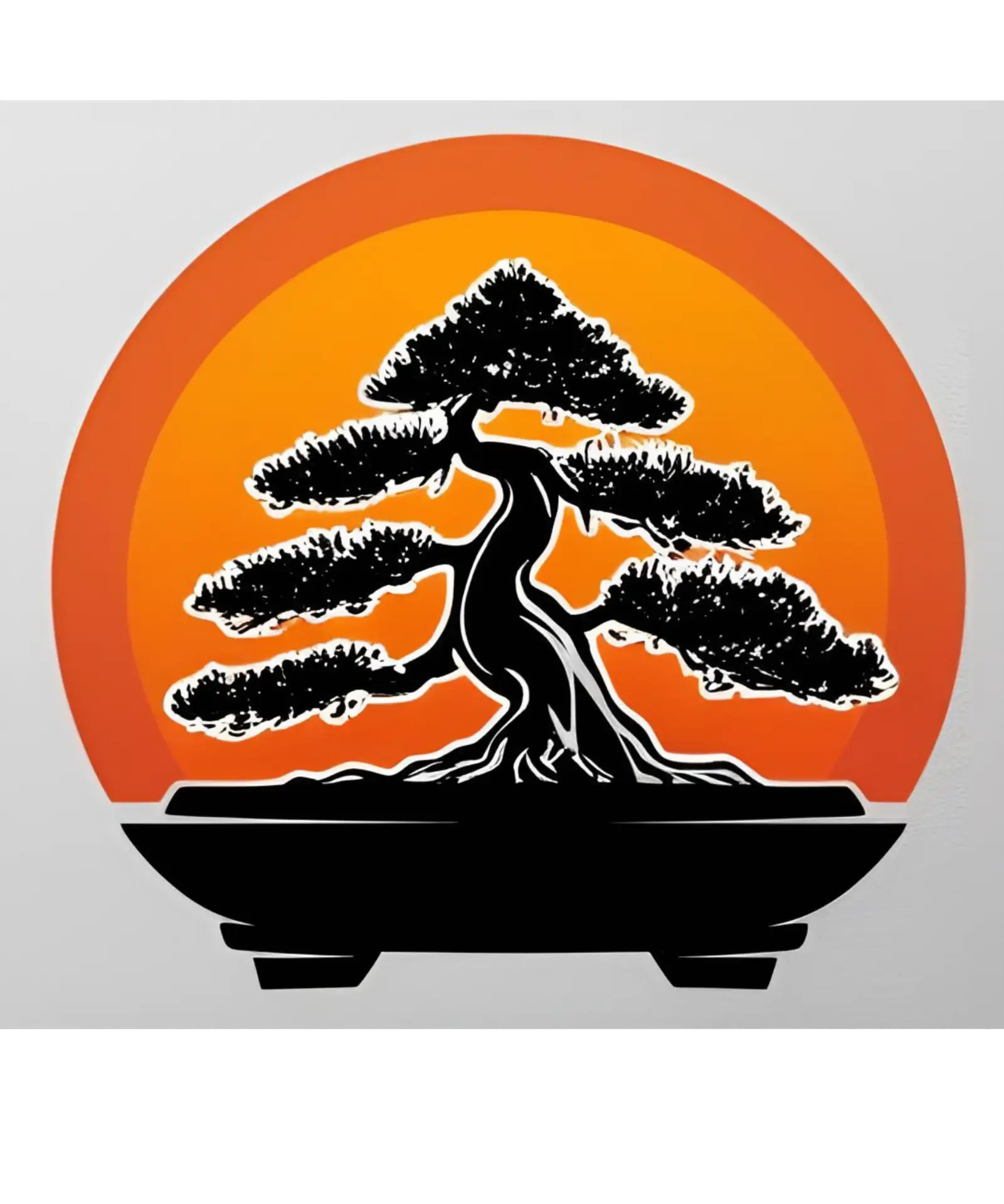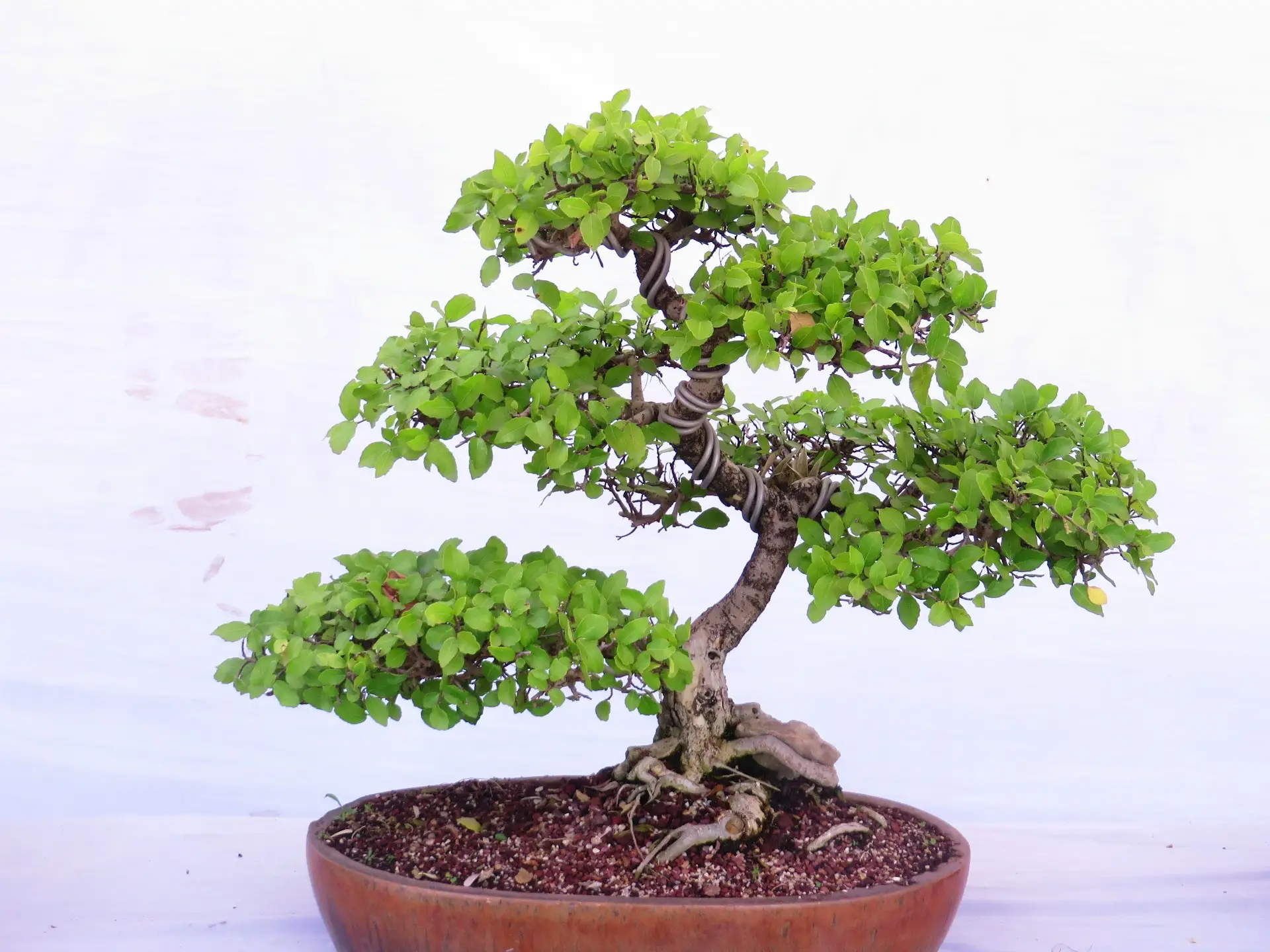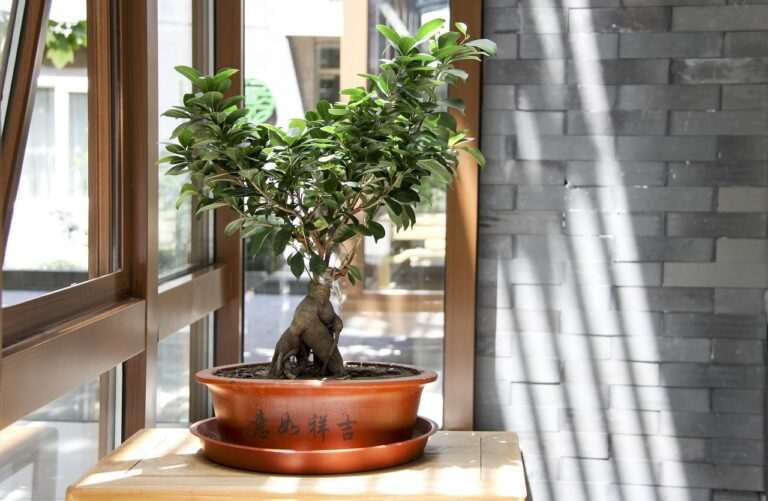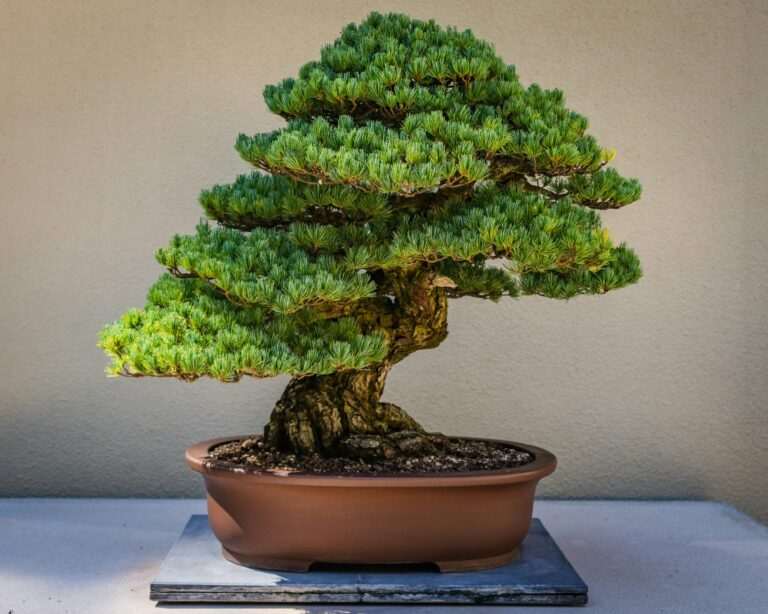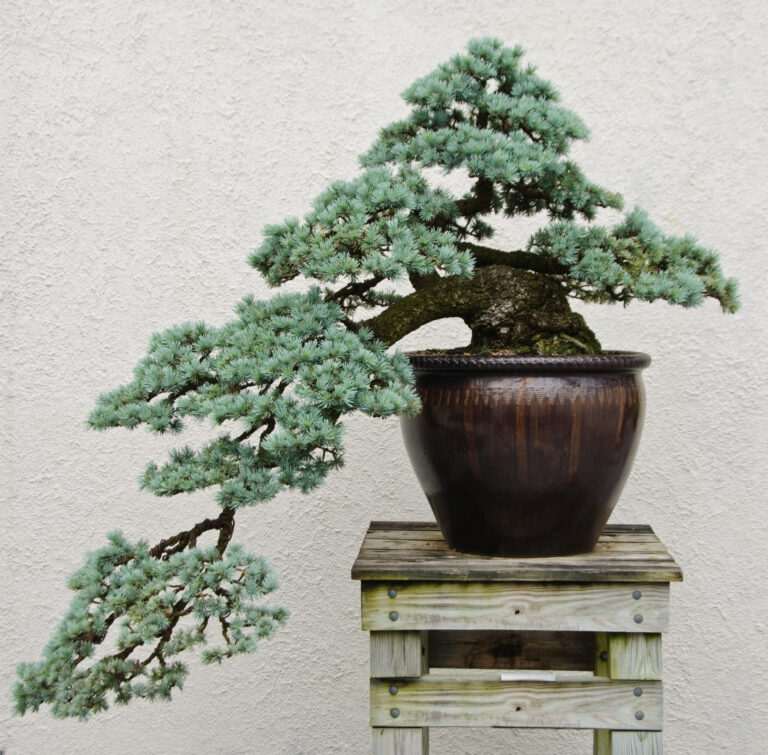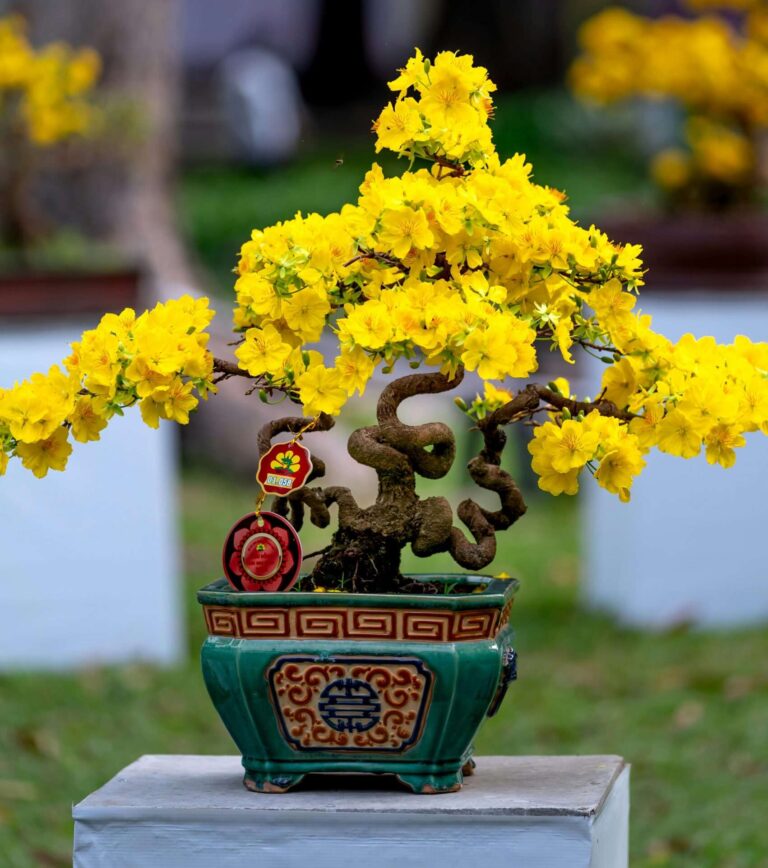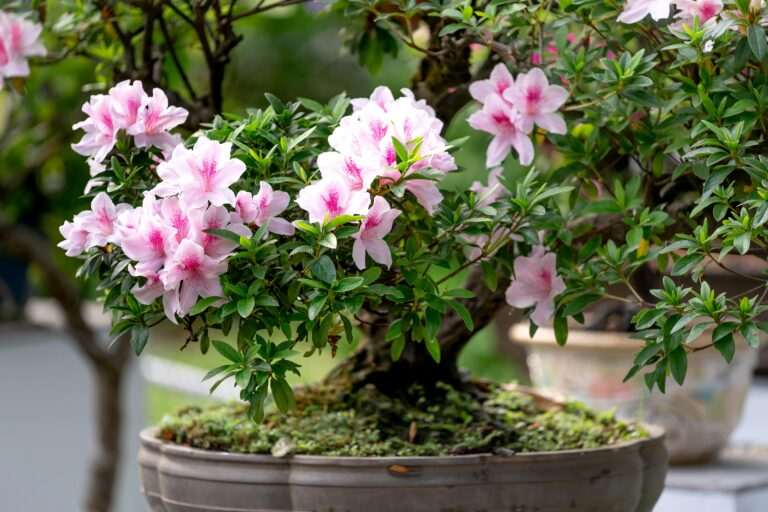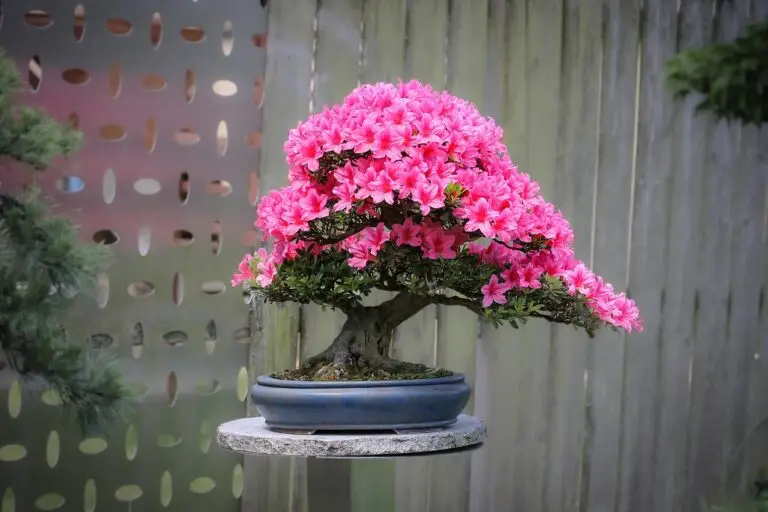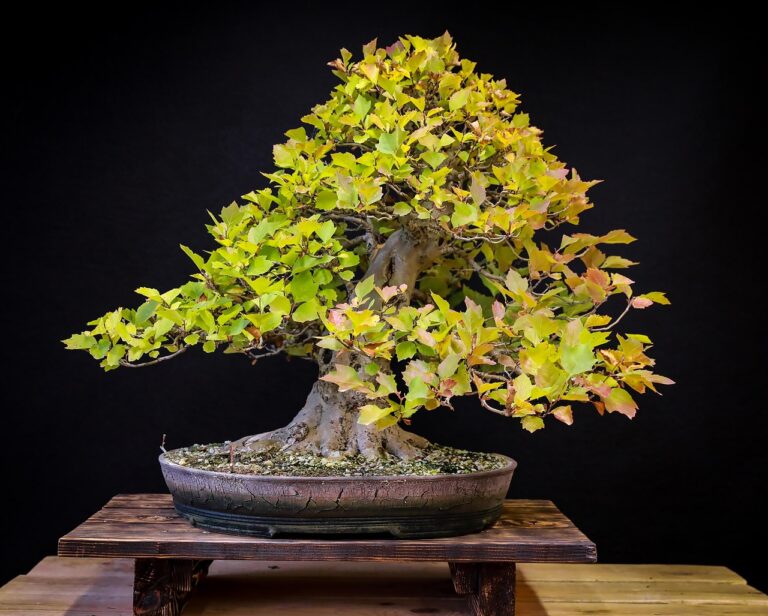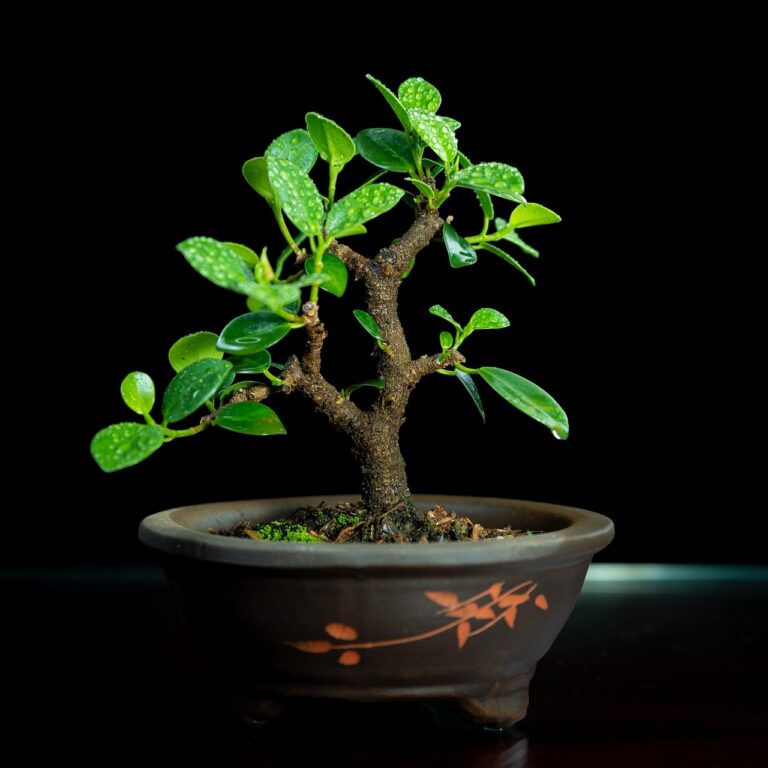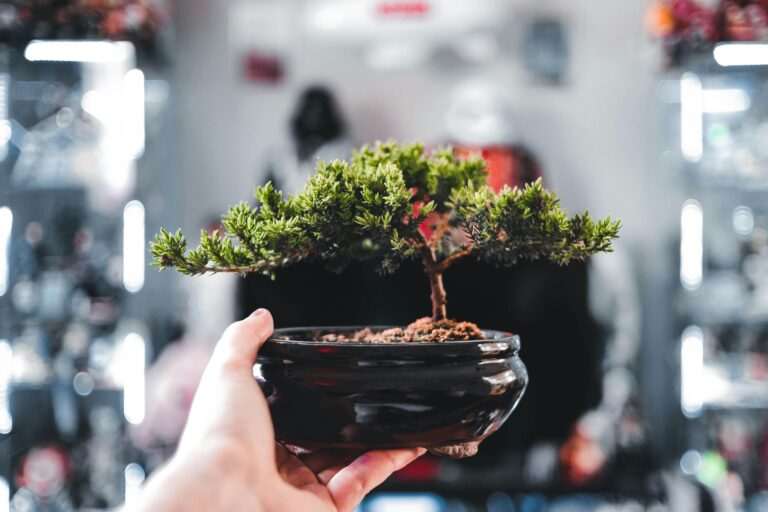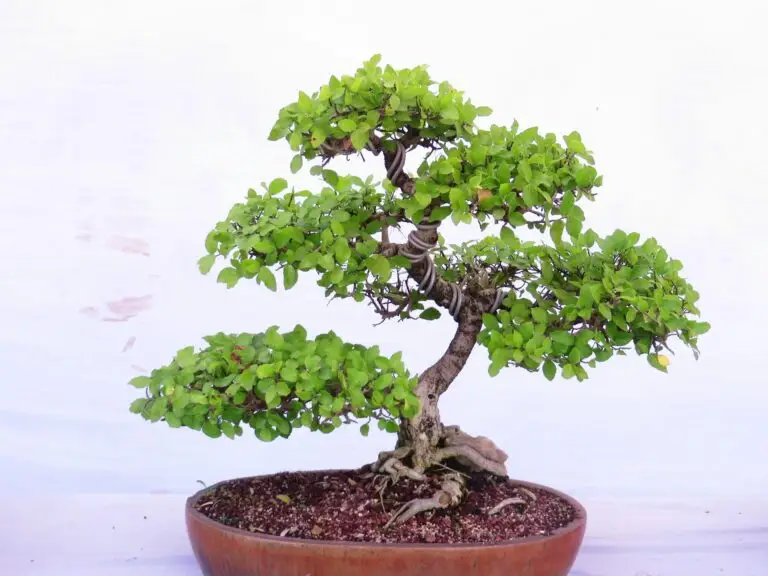
Come closer. Sit. Sip some tea. Let me tell you of a rule older than my shoes, yet fresher than spring rain on a maple leaf.
For more inspiration read the How Do You Take Care of a Bonsai Tree For Beginners
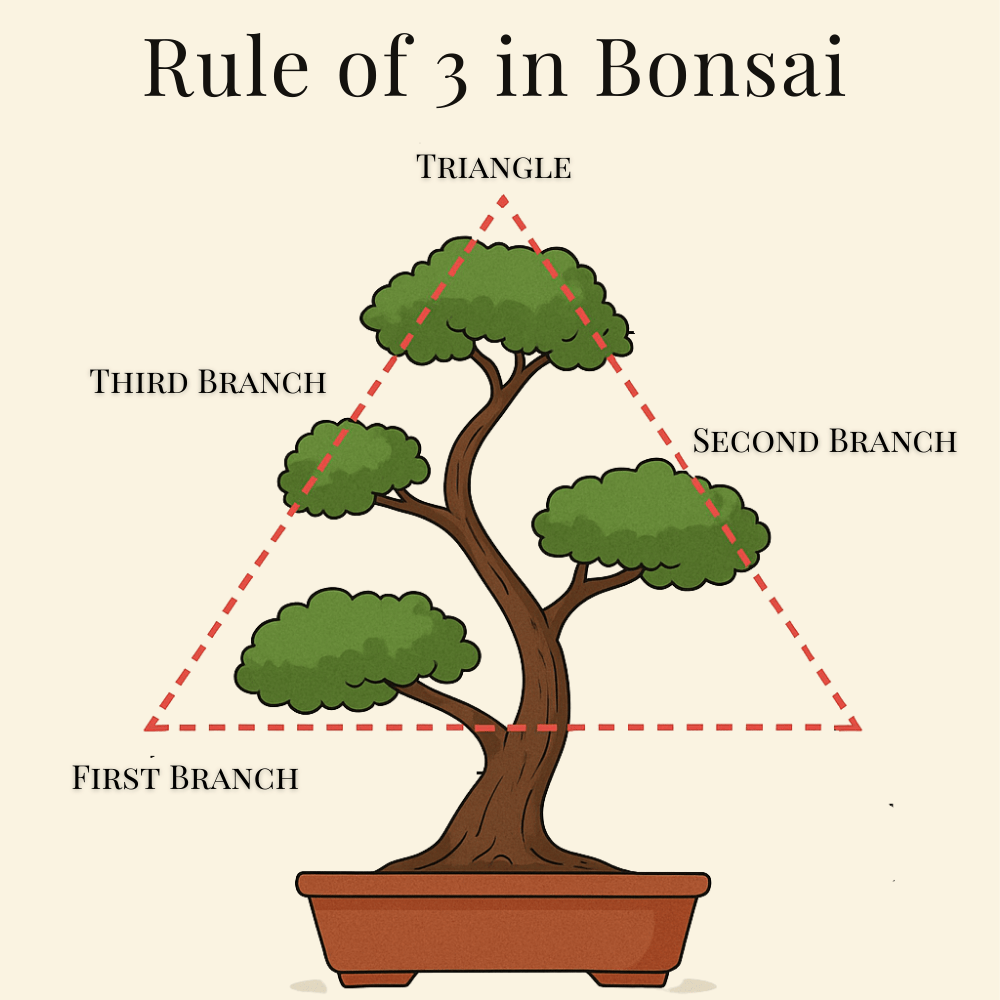
The Rule of 3 in Bonsai, Nature’s Hidden Rhythm
Young branch, the bonsai rule of 3 in bonsai is not a command, it is a gentle whisper from the forest. It guides the hand of the grower, helping you shape your tiny tree with grace and purpose.
It is said that in the structure of every great bonsai lies a sacred triangle. Three parts. Three placements. Three points of harmony.
The Three Sacred Parts:
The Trunk’s Base – strong and exposed, like the legs of an old monk ready for meditation.
The Middle Section – where branches begin to dance outward like arms in greeting.
The Apex – the crown, the spirit, the place where tree and sky touch fingertips.
Together, these form the tree’s essence—rooted, reaching, and radiant. This is the bonsai rule of 3.
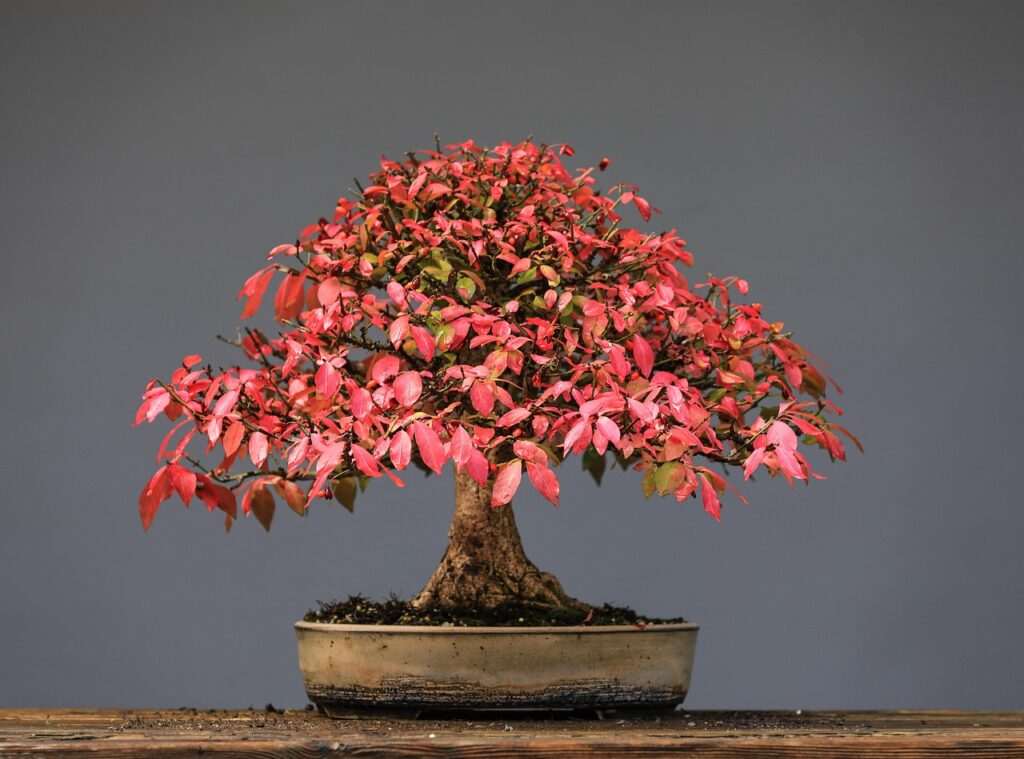
Branches, Like Wisdom, Must Flow
Let me teach you the rhythm of branch placement, passed down from root to root…
The rule of 3 in bonsai says:
First branch to the left
Second to the right
Third to the back
Then again: left, right, back—like the breathing of the forest. This brings depth, light, and a natural sway to your tree. It prevents clutter, encourages light to dance through the leaves, and reminds you that even in small things, order and beauty can coexist.
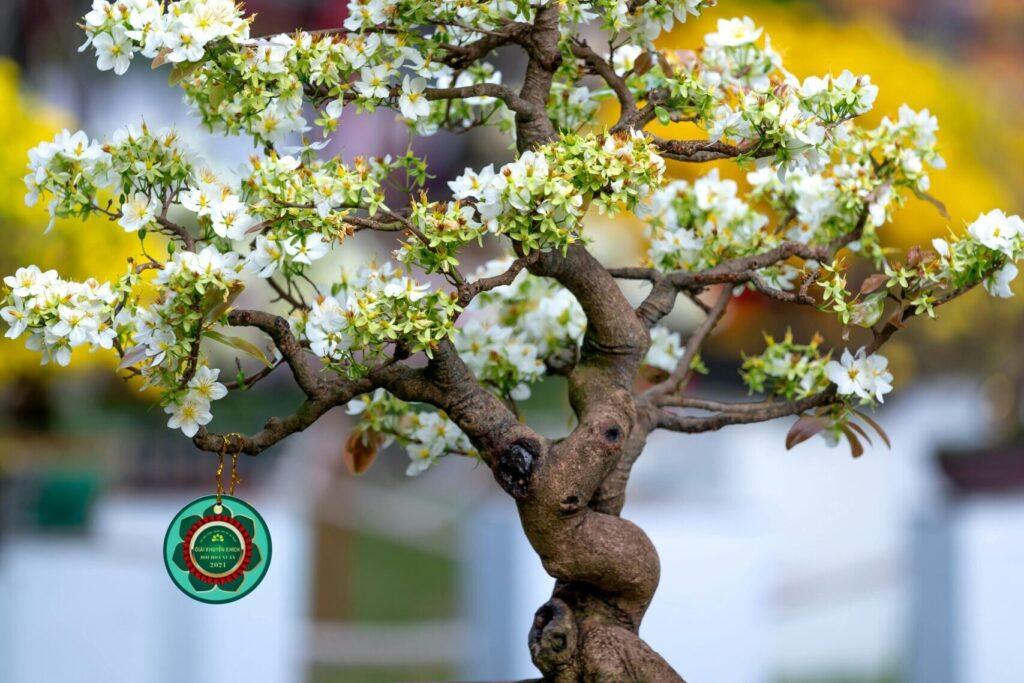
The Rule of 3 and Bonsai Care: A Clean Path is a Wise Path
Ah, but you must not only prune with your scissors. You must prune with intention.
The bonsai rule of 3 makes your tree easier to care for. Why?
Because when your design follows the flow of nature:
Air can whisper through the branches (no rot, no fuss)
Light finds the hidden corners (leaves glow like lanterns)
You can prune with confidence, knowing where each branch belongs
This is not mere gardening, student. This is bonsai tree care with heart.
Mistakes Are Lessons Wrapped in Leaves
Even the most eager gardener will sometimes plant a root too deep. Do not fret.
Many forget:
Asymmetry is beauty – do not mirror your branches like soldiers in a row.
Taper is truth – the trunk must narrow as it rises, like the spine of a wise old man.
The rule is a guide, not a chain – some styles, like the Literati, laugh in the face of rules… and we love them for it.
Remember: The tree does not rush. Neither should you.
The Rule of 3 in Bonsai: A Word from an Old Fool Called Master Mori
“Three branches, three breaths. One for patience. One for presence. One for the joy of shaping life with your hands.”
Yes, I speak in riddles. But the bonsai rule of 3 is not a riddle. It is a key, one that unlocks the natural beauty within your tree, and perhaps, within yourself.
You see, when your tree grows in thirds, your heart begins to grow in balance.
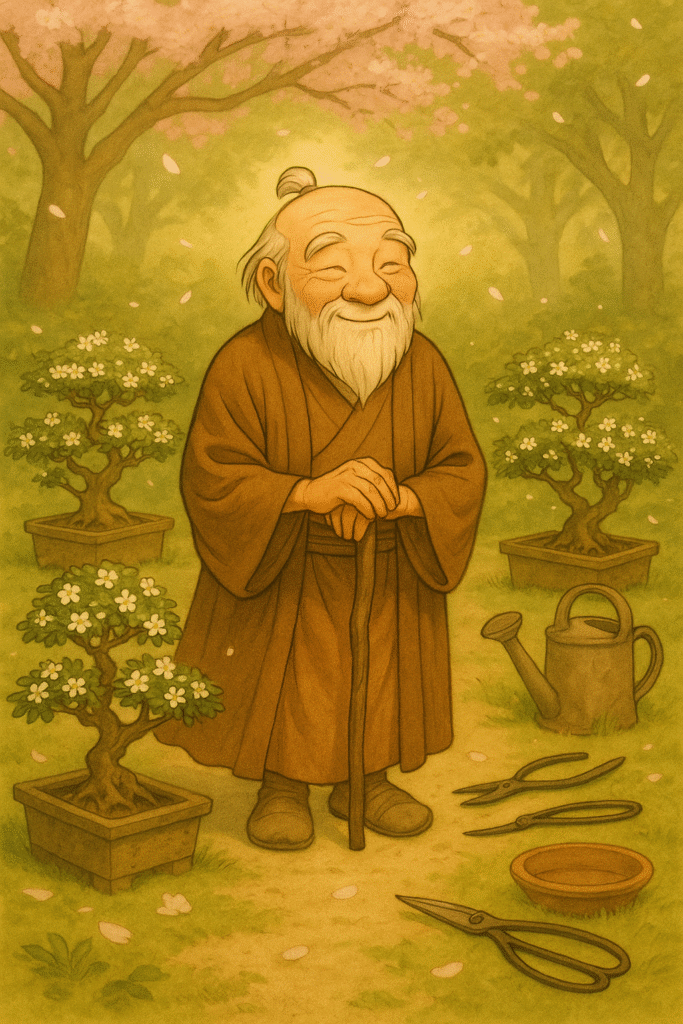
Final Tea Leaves: Your Next Steps
So now, young sprout, you understand.
To walk the path of bonsai with grace, remember:
Divide the trunk into three sacred zones.
Place the branches in left, right, back formation.
Let this structure bring harmony, ease of care, and deep-rooted beauty.
Do not aim for perfection. Aim for balance.
Now go, shape your tree. Shape your spirit.
And always… walk the path of bonsai.
Next Read our Beginners Guide to Bonsai Pruning
Related Blogs
The Rule of 3 in Bonsai FAQ
What is the Rule of 3 in bonsai trees?
The Rule of 3 is a foundational bonsai design principle. It refers to having three primary branches: one to the left, one to the right, and one to the back. These branches are spaced vertically along the trunk and create a triangular visual balance that gives your tree natural depth and flow — like nature intended.
What is the golden rule of bonsai?
The golden rule of bonsai is simple: respect the tree’s natural growth and work with it, not against it. Bonsai is not about forcing a shape but guiding the tree patiently. Care, observation, and subtle shaping over time are the keys to success.
What is the Rule of Thirds in bonsai?
The Rule of Thirds helps guide overall visual composition. It divides the bonsai tree into three vertical sections:
The base/trunk (lower third)
The branch structure (middle third)
The apex/canopy (top third)
This proportional layout creates visual harmony and keeps the tree looking balanced and mature.
What are the three elements to create a successful bonsai?
Balance – visual symmetry through branch placement and shape
Proportion – matching leaf size, trunk thickness, and pot to the overall tree
Movement – a sense of natural flow, often achieved through trunk curvature and branch angles
These elements combined give a bonsai its artistic and lifelike character.
What is the golden ratio in bonsai?
The golden ratio (approximately 1.618:1) is a mathematical proportion found in nature. In bonsai, it’s used to determine:
Trunk taper
Branch spacing
Pot size relative to tree height
It’s not a strict rule but a design guide that helps create pleasing, natural proportions — making your bonsai more aesthetically compelling.
How do you thicken a bonsai tree?
To thicken a bonsai trunk:
Grow the tree in the ground or a large training pot for a few years to encourage vigorous growth
Use sacrifice branches (left untrimmed for a time) to help swell the trunk base
Avoid over-pruning during thickening stages
Once the desired girth is reached, you can cut back and style the tree gradually into bonsai form.
Related Articles
New to Bonsai? Subscribe to our newsletter and download our free guide. Master Mori’s Will Show You the Way
